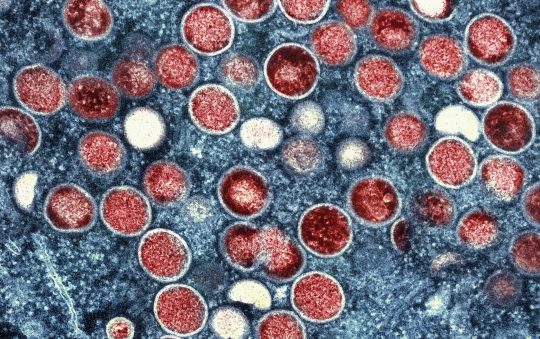
The Los Angeles County Board of Supervisors unanimously supported a proposal authored by Supervisor Janice Hahn and co-authored by Supervisor Mark Ridley-Thomas to maintain a lower jail population after the COVID-19 crisis is over.
The LA County jail system has been overcrowded for decades. While the system has capacity for 12,404 people, on any given day the seven facilities have a population of 17,000 people on average.
“Jail overcrowding creates terrible conditions for everyone,” said Supervisor Janice Hahn. “Not only does overcrowding make it nearly impossible to control disease outbreaks, it creates terrible conditions for our inmates and deputies alike.”
However, since the onset of the COVID-19 crisis, the LA County Sheriff’s Department, the courts, the Public Defender, and the District Attorney, have worked together to reduce the jail population by 5,000 people. On June 2, 2020, the total jail population was 12,026, and was as low as 11,765 on May 1, marking the first time in decades that the LA County jail system’s population was lower than the capacity assigned by the Board of State and Community Corrections.
“This pandemic has been devastating but it has also revealed that many of the bold ideas that so many people said were impossible were actually very possible,” said Supervisor Janice Hahn. “Our jails have been overcrowded for decades but the last two months have proven that many people have said for a long time – there are thousands of people in our jails who do not need to be there.”
This week, the Los Angeles County Board of Supervisors approved a motion by Supervisor Janice Hahn and co-authored by Supervisor Mark Ridley-Thomas designed to retain this lower jail population long after the COVID-19 crisis is over.

“The County must build on this unprecedented progress in keeping the population down in our jails – down from 17,000 to 12,000 individuals in less than two months – by rethinking how to safely serve thousands of individuals in a more cost-effective, rehabilitative and humane manner,” said Supervisor Mark Ridley-Thomas. “It took a pandemic to alleviate overcrowding and get us into compliance with the state’s requirements, which is a powerful statement about the criminal justice system’s resistance to change. Yet, we remain undeterred. This is the right moment for the County to renew its commitment to ending over-incarceration, expanding alternatives to incarceration, scaling the work of the Office of Diversion and Reentry, and addressing racial inequity.”
“In response to the COVID pandemic, a group of justice partners came together and worked hard to reduce the population in the county jail by more than 30%,” said Judge Peter Espinoza, Director of the Office of Diversion and Reentry. “These decisions were made in a collaborative fashion with the intent of removing those most vulnerable to the virus while taking into account community safety. It’s time for those same partners to come together and have a frank discussion about what we learned in that process and what actions we can take going forward, and what systems of care we can build, to keep the jail population down.”
With the motion passed this week, the Board of Supervisors has requested that the Los Angeles County Sheriff’s Department, the Office of Diversion and Reentry, and other stakeholders provide a report to the Board of Supervisors in 60 days on their plan post-COVID19 to maintain a reduced jail population beneath the Board of State and Community Corrections rated capacity while continuing to protect public safety and ensuring appropriate services for individuals released early or diverted from incarceration. This report back will include:
- A protocol for warm hand-offs to post-release placements
- Additions and expansions needed to the County’s system of care that can provide alternative placements to incarceration – community-based whenever possible – including for individuals experiencing homelessness, individuals with serious mental illness, and individuals suffering from substance abuse
- Legislative changes that the County could pursue and advocate for to help maintain a reduced jail population
- Plans to reduce the number of inmates admitted on a daily basis
The Board also directed the County’s CEO, in consultation with the Sheriff and Auditor Controller, to report back in 60 days with an analysis of any cost savings that have or will be generated in the future through a reduced jail population.







